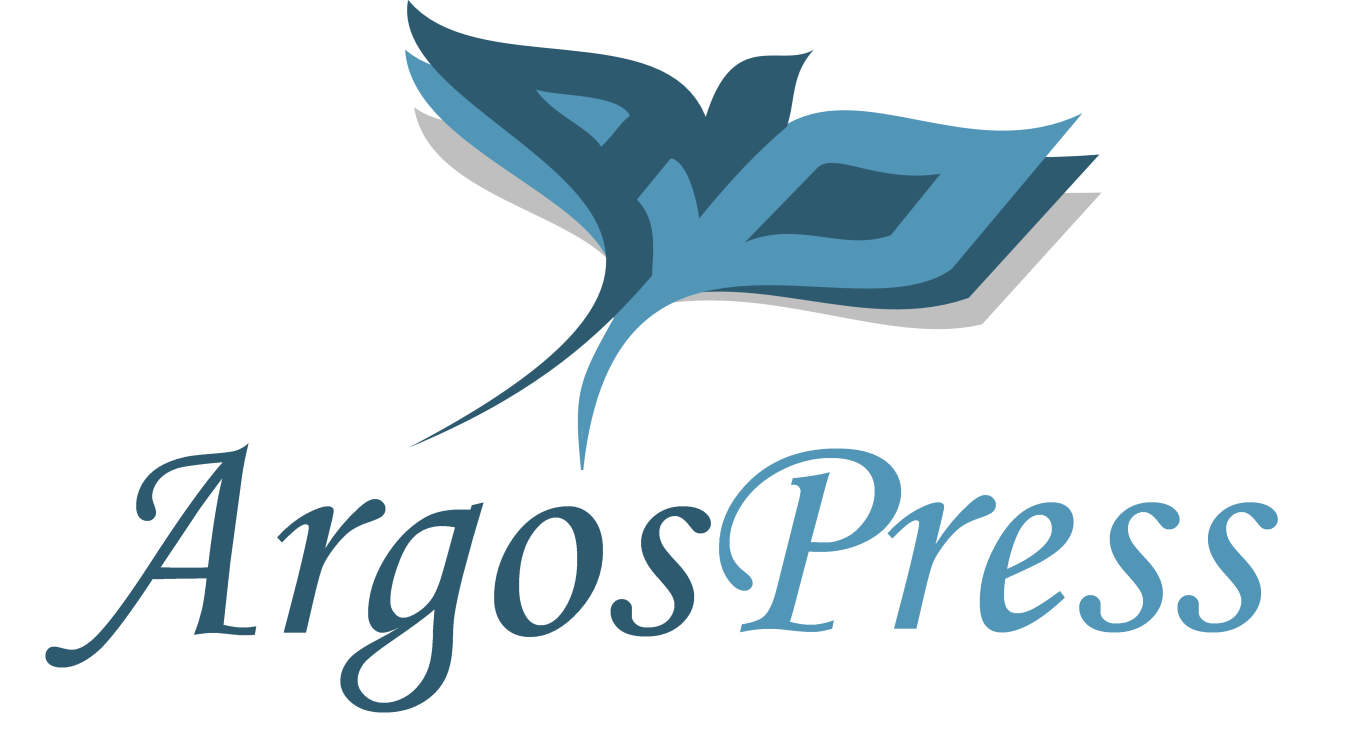Differential Absorption LIDAR for Stand-Off Detection of Chemical Warfare Agents: Simulation Studies
Differential Absorption LIDAR for Stand-Off Detection of Chemical Warfare Agents: Simulation Studies
Author(s): A.K. Razdan; S. Veerabuthiran
No pages: 8
Year: 2010
Article ID: 13-3-3
Keywords: electro-optics, surveillance and target acquisition
Format: Electronic (PDF)
Abstract: Remote detection of chemical warfare agents and toxic gases in the atmosphere is of current interest to both military and civilian agencies. Differential Absorption Lidar (DIAL) is a powerful technique for remote detection of such toxic agents in the atmosphere. This system uses two wavelengths: one corresponding to strong absorption characteristics of a toxic agent, and the other to weak absorption of that agent/gas molecule for detection at stand-off distances. In this paper, we present a theoretical estimation of design parameters of a DIAL system for detection of potential nerve and blister agents. A TEA CO2 laser-based system is considered as a transmitter and 500 mm cassegrain telescope as a receiver along with an MCT detection module. Our results reveal that a 100 mJ laser source is capable of detecting a few ppm concentrations of chemical warfare agents present anywhere between the ranges from a few metres to 1.5 km (range resolved measurements) to 5 km (co-operative target). The influence of interfering molecules of trace gases present in the atmosphere and the effect of the extinction coefficient on the maximum detectable range is also studied. The results show a significant reduction in the maximum detectable range.

